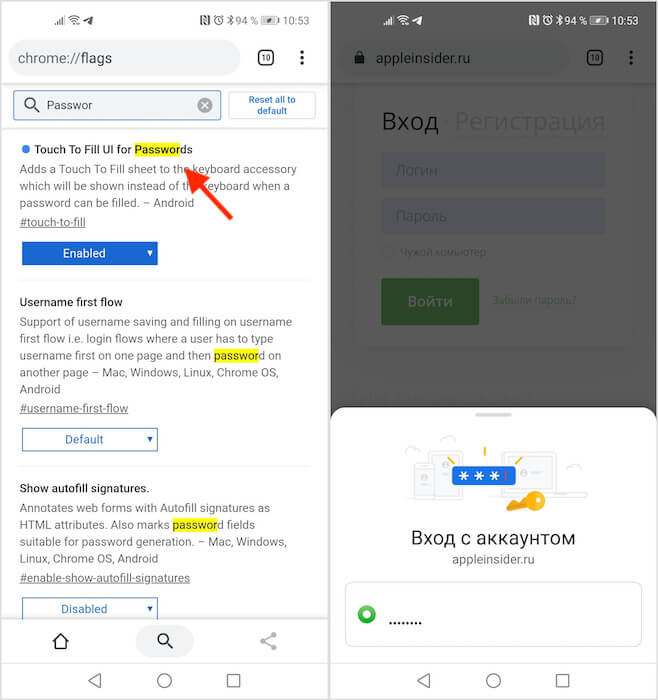With the advent of password managers, our digital life has become much more convenient. They not only provide a safe storage of defensive combinations, but they themselves come up with such combinations of symbols that you would never come up with yourself, let alone memorize them. For a long time, managers existed in the form of standalone applications, until the browser developers thought of turning them into native tools, in fact, making third-party software with the appropriate functionality unnecessary. But Google went even further.

Google wants to improve password handling in Chrome
Despite the fact that the password manager in Chrome is still in the testing stage and is only available by activating the corresponding option in the experimental menu, Google is already planning further improvements for it. One of the features will be the ability to manually determine where to store passwords: locally, that is, on the device, or in the cloud. The project is called Butter for passwords and is still under development, but there are practically no doubts about its implementation, given the logic of the appearance of such an innovation.
Storing passwords in Chrome
The ability to forcefully separate password storage areas is quite appropriate and directly affects the security of the accounts you use. It allows you to store some passwords exclusively in the memory of the smartphone itself, so that access to them can be obtained from only one device, while others can be uploaded to the cloud, making them available on all of your gadgets linked to your account. Thus, your account on Pornhub will remain accessible only to you, and, say, an account on 'Amediatek' or IVI – to all members of your family.
While the description of the Chrome program code does not contain a method for storing passwords on the device, but, most likely, it will be quite close in essence to the method that Apple uses, using the Secure Enclave chip. Since most smartphones are equipped with processors with dedicated areas for encrypted storage of confidential information such as biometrics, payment data and passwords, the security combinations will also be stored there. But what to do with those devices that do not have such an instrument is still unclear.
How to enable a password manager in Chrome
If you're not using Chrome's password manager yet and want to give it a try, it's pretty simple:
- Start Chrome and enter chrome: // flags in the address bar;
- In the search, find the Touch To Fill UI for Passwords parameter and select Enabled in the drop-down menu below it;

Password Manager in Google Chrome is still hidden in the experimental menu
- Restart your browser by clicking the Relaunch button at the bottom of the screen and try logging into any of the web services.
Considering that at the moment the function of shared password storage is under development and is not even available for preliminary testing yet, I would not expect it to be available to users in the near future. According to my estimates, usually when Google 'fills up' the fact of the development of a particular function, they appear in the release versions of the company's branded applications and services of the company no earlier than 2-3, and sometimes even 4 months. Therefore, most likely, it is worth expecting that the shared storage will become available closer to May, or even later.
